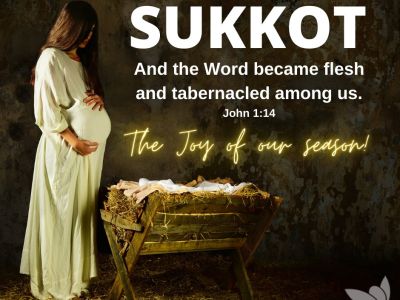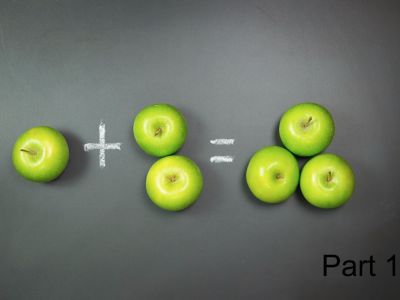Book of Acts – Chapter 10
Book of Acts – Chapter 10
One of the most controversial chapters!
Introduction
Acts Chapter 10 is one of the most controversial chapters in the New Testament. Jim Staley of Passion for Truth Ministries dives into this chapter to uncover its true meaning, challenging the traditional Christian interpretations. He emphasizes the importance of understanding the context, culture, and idiomatic expressions of the time to accurately interpret the Scriptures. This article will explore the key points from Pastor Staley’s discussion, providing insights into Peter’s vision and its implications for both Jews and Gentiles.
 Peter’s Vision and Its Misinterpretation
Peter’s Vision and Its Misinterpretation
The Traditional View
The traditional Christian interpretation of Peter’s vision in Acts 10 is that God declared all animals clean, allowing Christians to eat anything. This view suggests a significant shift from the dietary laws outlined in Leviticus 11. However, it is argued that this interpretation is a result of reading into the Scriptures what is already believed rather than extracting the original intent of the authors.
The Context and Culture
To understand the true meaning of Peter’s vision, it’s crucial to delve into the context and culture of the time. Cornelius, a Roman centurion and a Gentile, receives a vision from an angel during one of the Jewish hours of prayer. This event signifies the importance of prayer and generosity in capturing God’s attention. Cornelius is described as a devout man who feared God and gave alms generously, highlighting the significance of a devout lifestyle in the eyes of God.
Peter’s Vision: A Deeper Insight
The Vision Explained
As Cornelius’s men journey to find Peter, Peter himself goes up to pray and falls into a trance. He sees a sheet descending from heaven, filled with all kinds of animals. A voice instructs him to “Rise, Peter; kill and eat.” Peter, adhering to the dietary laws, responds that he has never eaten anything unclean. The voice then tells him, “What God has cleansed you must not call common.”
The Misunderstanding
Peter’s initial reaction and confusion indicate that the vision is not about food. If it were, Peter, who had spent three years with Jesus and another decade preaching the gospel, would have understood immediately. Instead, he is puzzled, suggesting that the vision’s message is more profound and metaphorical.
The Real Message
Pastor Staley suggests that the unclean animals in the vision symbolize the Gentiles, who were often referred to using derogatory terms like  dogs and wild beasts by Jews of that era. God’s command to Peter to “kill and eat” metaphorically signifies breaking down the barriers between Jews and Gentiles. The vision prepares Peter to accept the Gentiles into the faith without requiring them to convert to Judaism first.
dogs and wild beasts by Jews of that era. God’s command to Peter to “kill and eat” metaphorically signifies breaking down the barriers between Jews and Gentiles. The vision prepares Peter to accept the Gentiles into the faith without requiring them to convert to Judaism first.
The Meeting with Cornelius
Divine Timing
As Peter contemplates the vision, Cornelius’s men arrive, demonstrating God’s perfect timing. Peter’s vision and Cornelius’s vision align, indicating a divine plan to bring Gentiles into the faith. Peter realizes that the vision was not about food but about accepting Gentiles, who were previously considered unclean, into the community of believers.
The Implications
This revelation marks a significant turning point in early Christianity. It challenges the existing norms and expands the reach of the gospel to all nations, breaking the exclusivity of the Jewish faith. Peter’s acceptance of Cornelius and his household without requiring them to adopt Jewish customs signifies the universality of the gospel.
Conclusion
This interpretation of Acts Chapter 10 emphasizes the importance of understanding the historical and cultural context to accurately interpret the Scriptures. Peter’s vision is not about declaring all foods clean but about breaking down the barriers between Jews and Gentiles. This chapter highlights the inclusive nature of the gospel and the importance of prayer and generosity in drawing closer to God. By reexamining traditional interpretations and seeking the original intent of the biblical authors, believers can gain a deeper understanding of their faith and the Scriptures.













